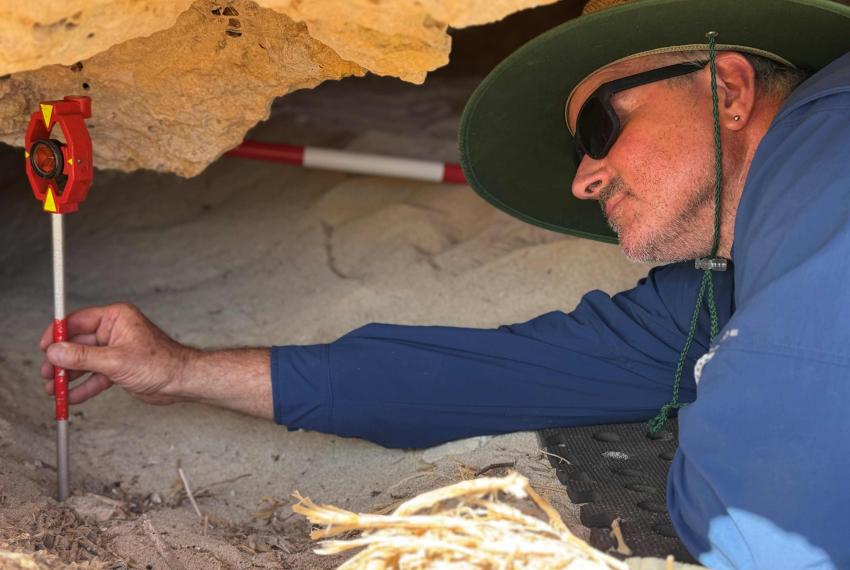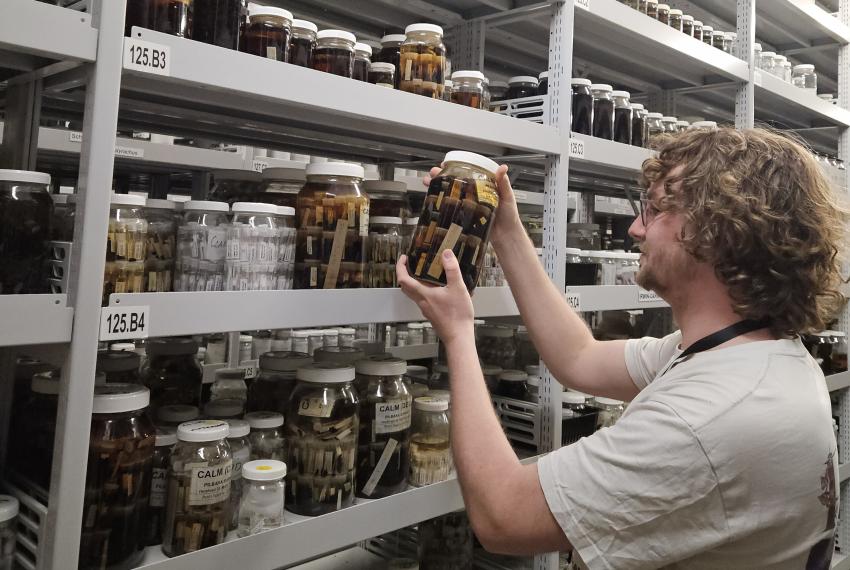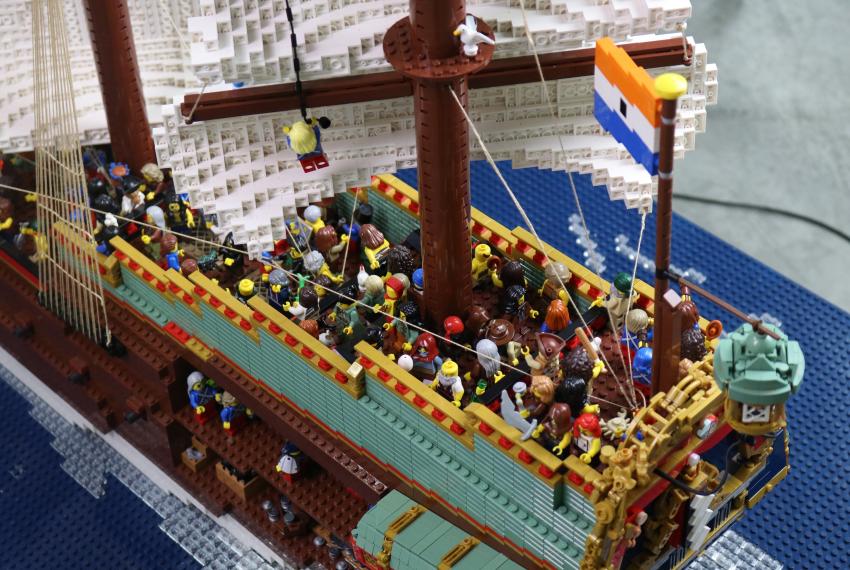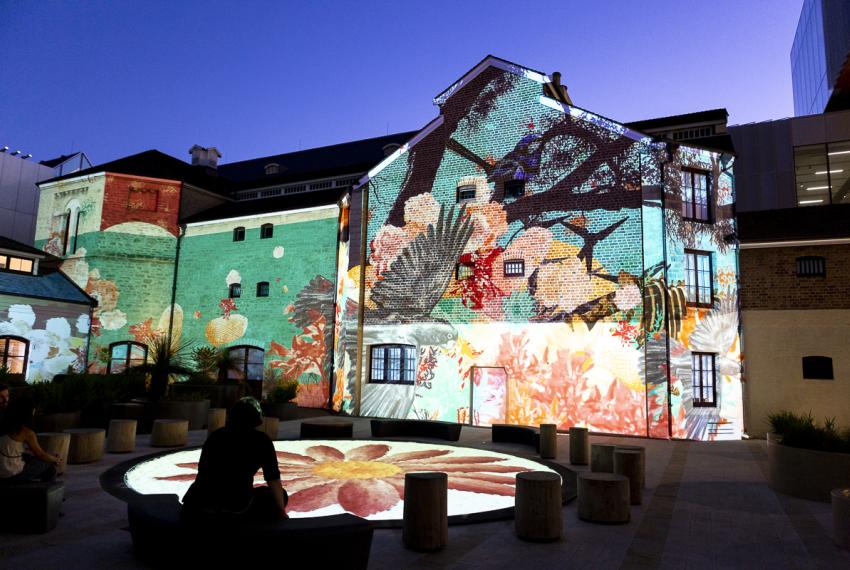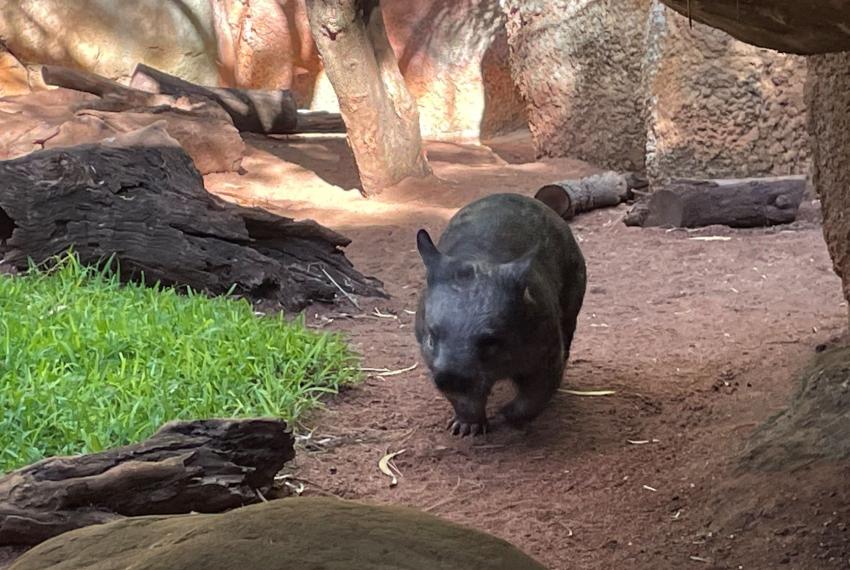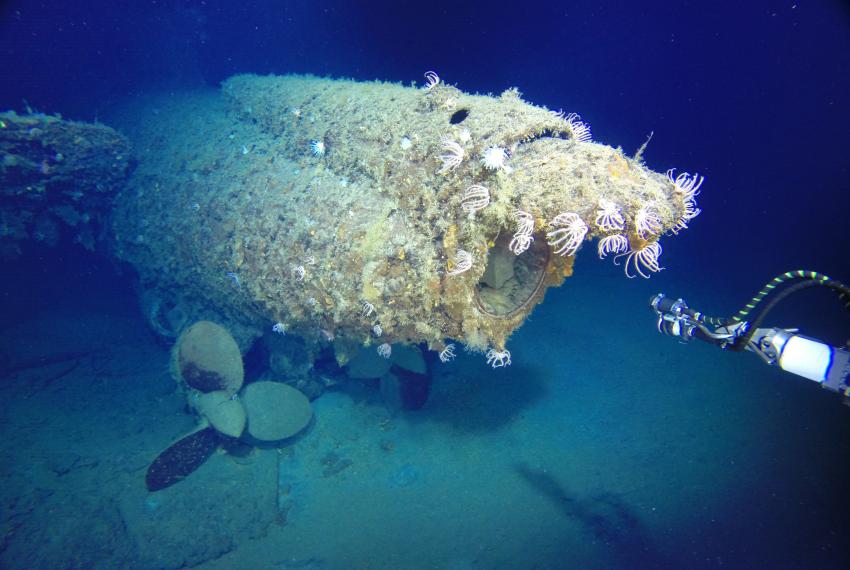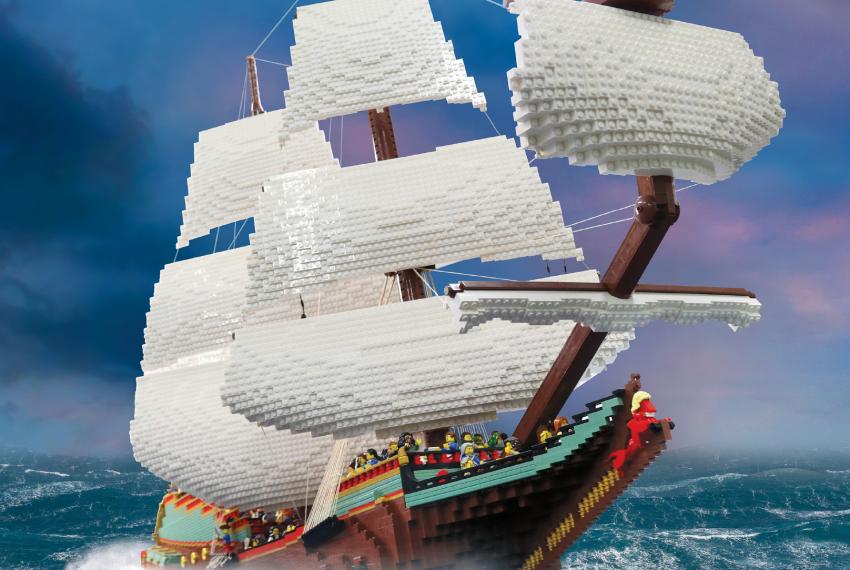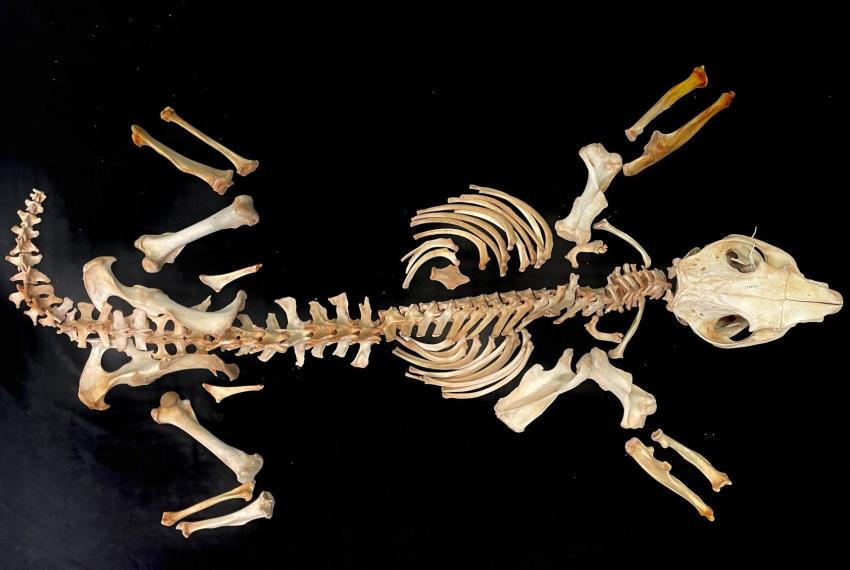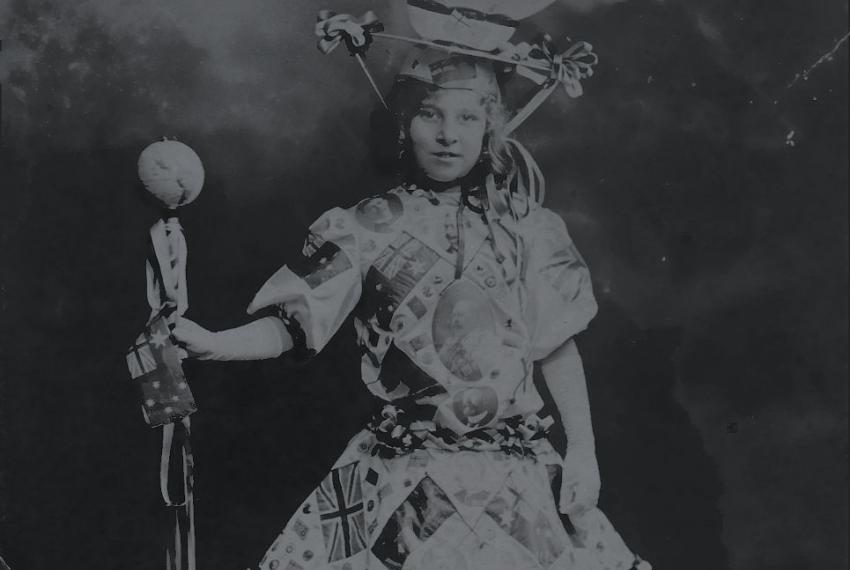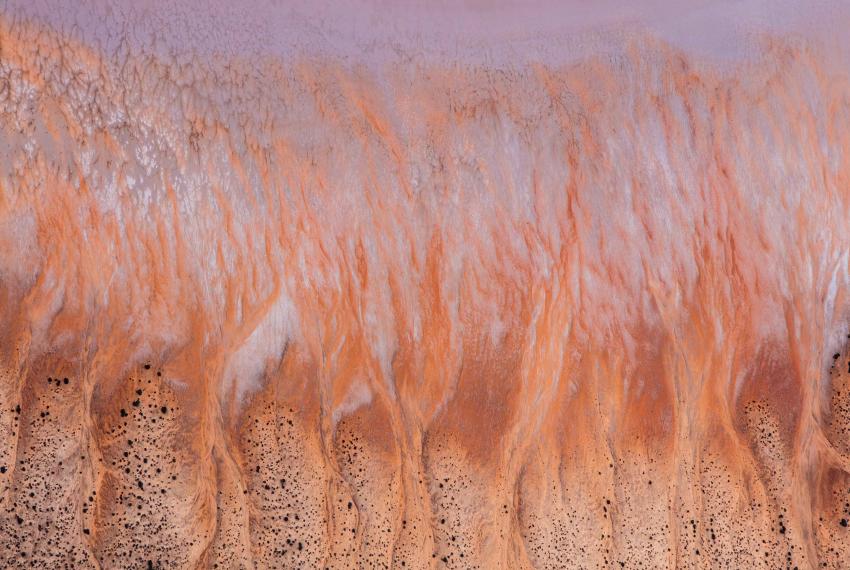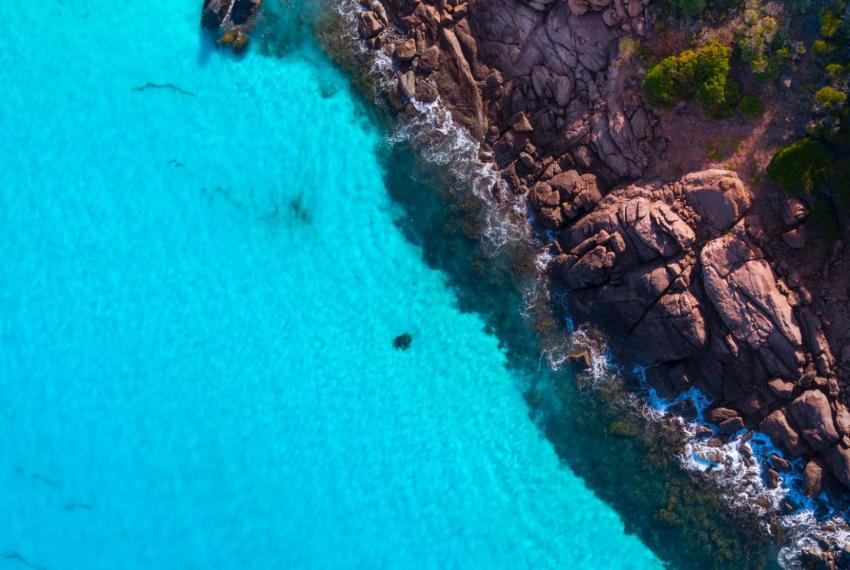
News and stories
Featured

In the news
From our blog
Explore all stories
The Australian Geographic Nature Photographer of the Year exhibition will open at the Museum of the Goldfields this Saturday, 19 March.
A compelling exhibition using LEGO® bricks is travelling to the Museum of the Great Southern, after a successful debut at the WA Maritime Museum.
An exhibition reflecting on the life and legacy of Anne Frank will open at the Museum of the Great Southern.
Illuminate is a new, permanent art experience at the WA Museum Boola Bardip. The stunning projection experience lights up the historic Old Gaol each night with vibrant storytelling and a rich soundscape.
A scientific expedition can take researchers on some unlikely paths and discoveries.
An exhibition examining the loss of Australia’s first submarine opens at the Museum of Geraldton this week.
The HMAS AE1 Revealed exhibition recounts the submarine’s sinking in September 1914, as well as the discovery of the wreck more than 100 years later.
Batavia
Batavia was on its maiden voyage when disaster struck on 4 June 1629.
Wombats in Western Australia – feared to be extinct in the 1980s – are alive and well.
Your last VR film was The Antarctica Experience, now you’ve turned your attention to radio telescopes. Why?
How do objects help us understand our history and culture?
According to WA Museum History Curator, Erica Boyne, there’s a simple answer.
Inspired by a map of endangered languages, Martine Perret’s life-long exploration of culture and language has brought her to the WA Museum Boola Bardip for a special exhibition called Belong: Language connecting feeling, culture, country.
Michael Haluwana’s fascination with a camera started as a child. His father, a navy master diver, had a camera which used film and Michael was always allowed to shoot the last five frames of each roll.
